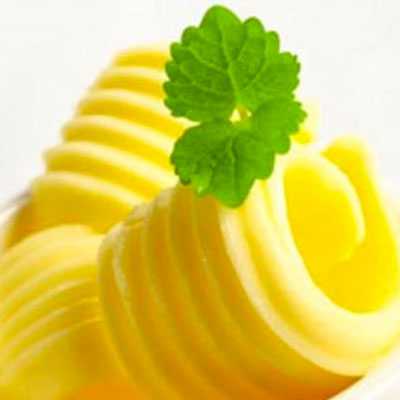What Does Veloute Sauce Taste Like?
The taste of veloute sauce will likely be particularly smooth and creamy, with any additional flavors on top of that being entirely dictated by the stock that you use. For example, using a chicken stock will result in your veloute sauce being quite salty and having some chicken flavors. Using a fish stock will change the flavor to be more herby and fishy.
What Does Veloute Mean?
The word veloute means, literally, ‘velvety’ in French. The reason that it is named this way is that the sauce’s final consistency should be very silky and smooth, rather than being at all thin or lumpy.
Why Is Veloute a Mother Sauce?
Veloute is considered a mother sauce as it is typically used as a base to make other, more complex sauces.
The most common sauce that is made with veloute is, perhaps, a Normande sauce. Veloute or fish veloute is used alongside cream, butter, and egg yolk as the main ingredients. Some alternative versions of this sauce may use some mushroom and fish derivatives to give more flavor to the final Normande sauce.
Here are the recipes for other mother sauces
What Dishes Can You Use Velouté Sauce with?
Most commonly, veloute sauce is used without further complication or any changes on fish and chicken dishes. With that said, a chef will typically season a veloute to their own tastes before adding it to such a dish, which may make their final sauce quite distinctly different from a traditional veloute.
The recipe for veloute sauce that we’ve used here generally prepares roughly one and a half cups of final sauce. This is a good amount for a light serving for two people, though making a larger amount may be a little easier to allow your guests to pour the sauce onto their dishes themselves.
This recipe, thanks to its incredible simplicity, has barely any prep time at all, just the time you need to gather the ingredients and measure them. It does, however, have an active time on the hob of roughly twenty minutes - which can be a little time-consuming in some circumstances.










































